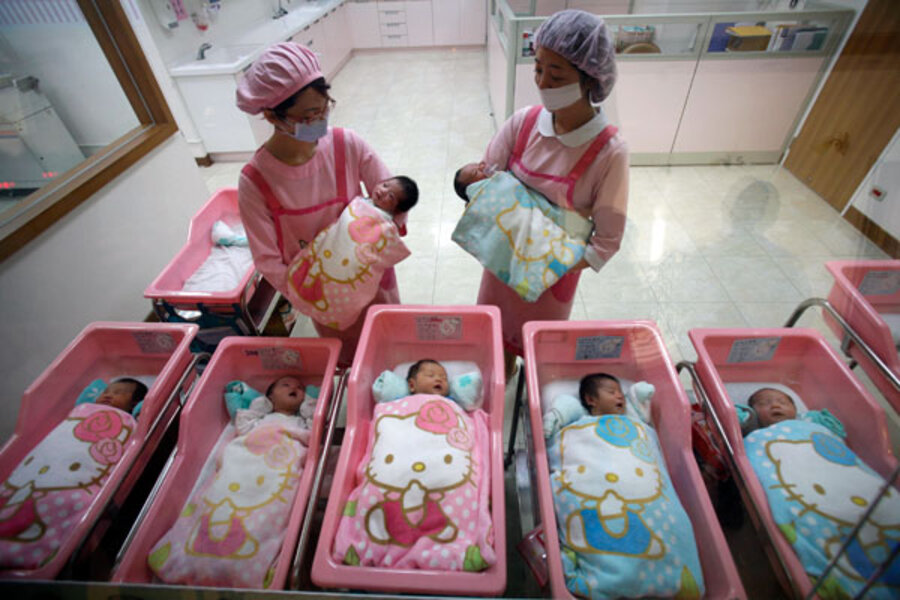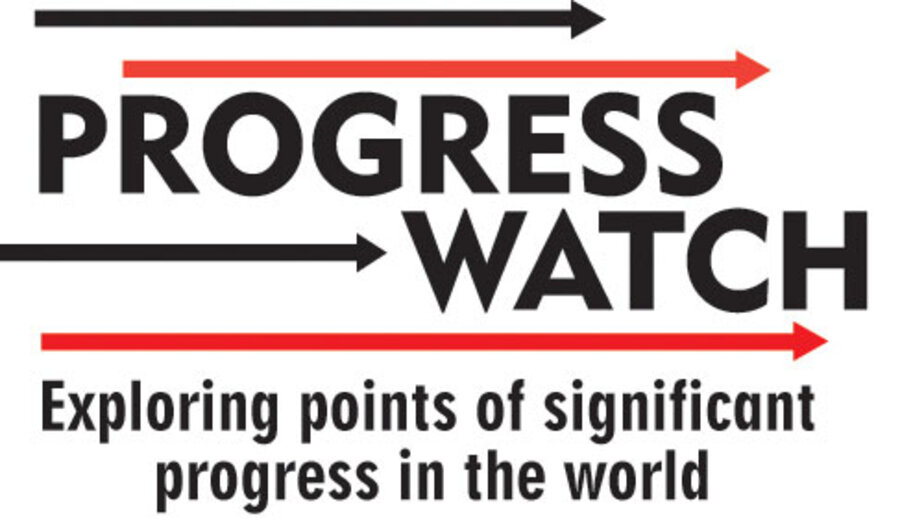Half as many women die during pregnancy, childbirth as in 1990
Loading...
| Washington
Maternal mortality across the globe has been cut nearly in half over the past two decades – that’s the good news.
But before anyone cries victory, here’s the sobering reality: Every two minutes somewhere on Earth, a woman still dies due to complications from pregnancy or childbirth.
That glass-half-full-or-half-empty picture emerges from a new report issued Wednesday by the United Nations and the World Bank. The report finds that 287,000 women died in pregnancy in 2010 – a staggering number that still comes off as progress when compared with the 543,000 women who died in pregnancy in 1990.
The analysis of maternal health over the past two decades found the most progress in East Asia, with India and sub-Saharan Africa pulling up the rear.
The United States failed to rank in the top third of countries with the lowest rates of maternal mortality and actually slid farther behind other developed countries, ranking closer to Russia and countries of Central America, South America, and North Africa. The US counted 880 maternal deaths in 2010, which on a per capita basis was higher than in 1990.
In unveiling the report, “Trends in Maternal Mortality: 1990-2010,” UN officials in New York said the frustrating aspect of the lower-but-still-too-high mortality figures is that the road to considerably fewer deaths is not a mystery.
“We know exactly what to do to prevent maternal deaths: improve access to voluntary family planning, invest in health workers with midwifery skills, and ensure access to emergency obstetric care when complications arise,” said Babatunde Osotimehin, executive director of the UN Population Fund.
Stating that 215 million women lack access to “modern contraceptives,” Dr. Osotimehin said meeting that need could reduce the number of maternal deaths by one-third. “This is a highly cost-effective public-health strategy,” he said.
Experts in women’s health and maternal care have long said that improved access to family planning information and methods is a key factor in lowering maternal mortality. But the ideological and religious overtones of family planning have repeatedly turned the issue of how to address maternal mortality into a political issue. Some members of the US Congress who suspect family planning funding of ending up in clinics providing abortion services regularly press for cutting US funding of family planning programs.
The report lists unsafe abortion as one of the four leading causes of maternal deaths.
Of the 287,000 maternal deaths in 2010, India topped the list with 56,000. Together with Nigeria (40,000), the two countries accounted for about one-third of the annual global total.
The report raises a red flag for world leaders by noting that many countries, particularly in sub-Saharan Africa, are not on track to achieve the Millennium Development Goal set in 1990 of slashing maternal mortality by 75 percent by 2015.






